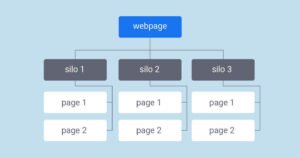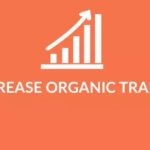Small loophole in a vehicle tire can bring down its performance but filling those loopholes can give better functionality for greater performance but you know what else has some loopholes?
Your website might have loopholes that are having an effect on your rankings and that’s why you hopped into reading this blog.
Let us help you get out of it & fix those loopholes with this 4 Step Checklist To Get Better Rankings.
Table of Contents
Here is the SEO Checklist to get Better Rankings!
Setup Google Search Console & Google Analytics
Google Search Console is a mighty tool for every webmaster who’s concerned about his Site & it’s SEO performance.
Google Search Console is an absolutely free tool to analyze & monitor your website health & other insights to get better performance.
Google Search Console helps you with :
- Keyword & Traffic Analysis
- User Interaction
- Indexing
- Fix site & security errors
- Sitemaps
- Fixing Penalties
Here’s how a Google Search Console webpage looks alike :
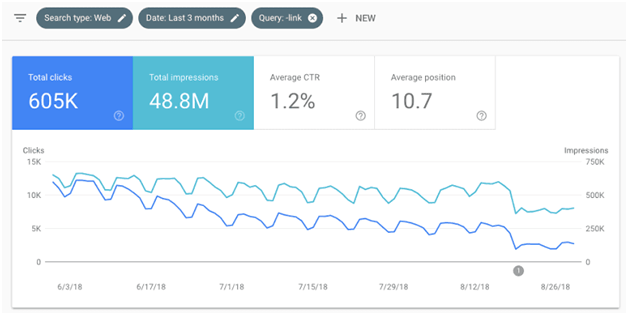
Google analytics is a great tool to measure insights like a pro & hover & research deep analytics like bounce rate, page views etc…
You can connect your Google analytics with Google Search Console to have a better flow & It will help you get insights to improve your rankings & performance.
Here’s how a Google analytics webpage looks alike :

Install a Great SEO Plugin
SEO plugins can make your technical time-taking tasks way more easier like working upon sitemaps or optimization texts like robots.txt
We’d love to recommend Yoast SEO plugin as it’s one of the best SEO optimization plugins which will take over the load of technical site work easily and assist you with its stuff even like Title, Meta Description to optimize your WordPress site for Search Engines & get better rankings.
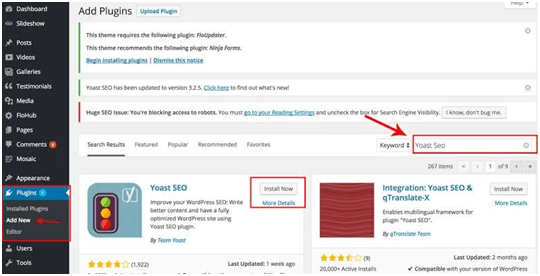
Yoast SEO plugin can help you with Page & Blog post optimization, problems, social cards, content optimization, readability, keyphrase & webmasters and a lot more features.
If you’re not comfortable with the Yoast plugin then You can also prefer RankMath, SEOPress & The SEO Framework.
You can find more relevant tools of Yoast SEO plugin here.
Without these seo tools you really cannot really know about what’s going inside your site.
Find Long-tail & Low Competition Keywords
Would you jump directly into an ocean without being a professional & strong swimmer?
No way! You will firstly start learning by swimming into the local pools so you gain experience and can elevate your swimming skills easily,Right?
I’m indicating high-competition keywords as ocean over here where mostly the experts who’ve been crushing in the blogging field from years can rank so If you’re a novice webmaster then You shouldn’t just hop onto the ocean.
You might even die out there.
Long-Tail Keywords – Rather than working on short-tail keywords, Focus on long-tail keywords.
Now let’s take a real example, well long tail keyword have 2 + point, Firstly if you type “Gaming Laptop” & if you type “Best Gaming Laptop under $600”
Now the second keyword sounds like the user is more clear about what he really wants & this increases the conversions or chances to buy that particular product (As mentioned in this blog too briefly)
Well Secondly, Long tail keywords give you a drastic boost to get better rankings because you must know that google loves long tail keywords because of the same reason as mentioned above, people buy the products intentionally & that indirectly helps google in several ways.
Low Competition Keywords – Well, the low competition keywords are those types of keywords which do not have a lot of keyword difficulty which is a golden nugget for the new bloggers to rank out in the competitive search engine.
Now mostly the long tail keywords are the low competition keywords so it’s interlinked.
Low competition keywords just have one negative side : it does even have a lot of traffic but as you are starting out, you first need to create an authority around your blog rather than getting traffic.
Use the main keyword in first 150-200 words
Using the primary keyword is an additional plus point to get better rankings because the introduction of the blog is what makes a user stay hooked to the blog giving a positive response on the google making it index earlier & rank well.
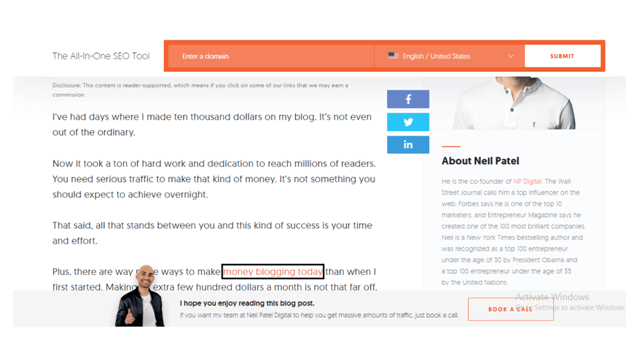
It’s good to use the primary keyword once every 200 words, so If you’re writing a 1500 word article then It’s good to use the primary keyword 7-11 times throughout the whole article.
This is even known as keyword density. The average keyword density must be close to 0.5% – 1% if you are just starting out, but make sure it should not look like keyword stuffing because it’s a black hat seo technique which you should surely avoid because it has bad consequences.
We have also added our primary keyword on this blog in the first 100 words giving readers clarity even helping us to rank somewhere.
Conclusion :
Now here’s the deal, right now open your website & see if you are following all these 4 steps checklist to get better rankings properly, If yes keep on doing split testing & if no, just do it right now!
Frequently Asked Questions (FAQ’s)
As a small business, It’s good to post twice a week a long post (<1000 words) but it’s even upto your niche and content marketing goals.
SEO won’t be dead in the upcoming years but It will be evolving more and more…
Off-Page SEO still matters in 2021 as It can help Google to identify your valuable buried article out of the graveyard to help the article rank it to the webpage.
Nope… Social media doesn’t help you in your website rankings but as the social shares increase, It helps to increase your brand awareness & get social traffic.
As long as a string can be..!
I mean write as much as required content needed to complete the topic to make people understand in the best possible way.

